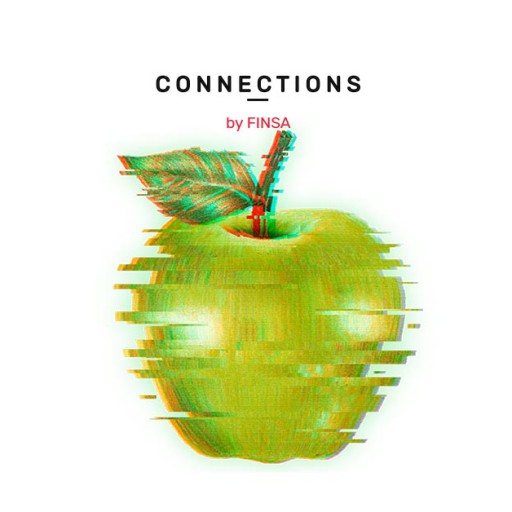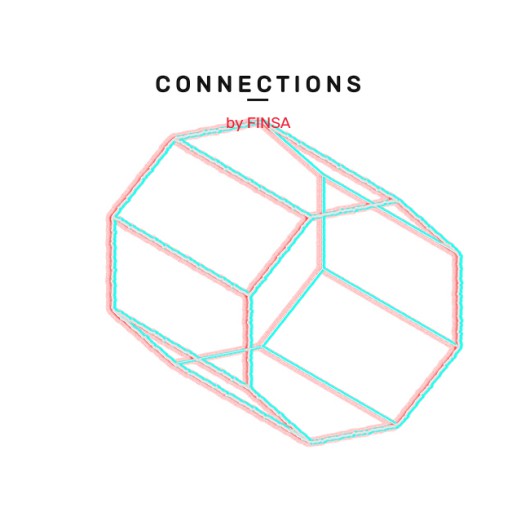967arch has been designing architecture, interiors and products for companies and private and public clients for over twenty years. Founded in Milan by Cesare Chichi and Stefano Maestri, the studio is defined by its artisanal, creative workshop approach, something that blends with the canons of the business production process where management, costs and time govern the development of the project. From Connections by Finsa we made a CONNECTION WITH… Cesare Chichi to know the most creative side of his firm and the state of the art of architecture and interior design in Italy and Europe.
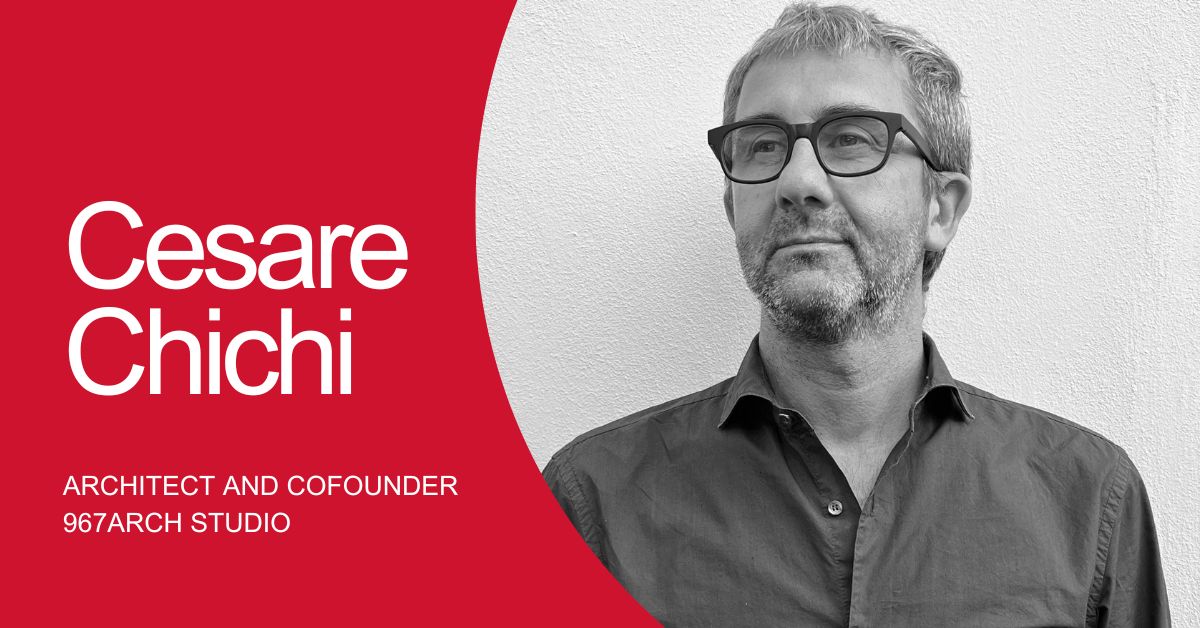
What was your motivation to become an architect? Have you seen this vocation fulfilled?
My initial motivation to become an architect was not related to a specific reason or triggering event. I never seriously considered other careers, as I always had a deep attraction to architecture since I was a child. I think it was a predetermined destiny, perhaps I was “designed” to do this. I was always captivated by buildings, I especially remember from a young age a fascination with abandoned houses, getting lost in their discovery and fantasizing about what they could have been.
967arch, the studio you co-founded, has just turned twenty years old. What would you highlight from this journey? What do you consider to be your best project?
It is difficult to identify a single work as the “best”, because each project has been approached as if it were, following the spirit of a true designer. Each one of them has represented a unique challenge and has allowed us to grow as professionals. However, we feel especially attached to those projects in which the client has expressed great satisfaction and appreciation for our work. These are the ones we remember most fondly, because they are the ones in which we managed to exceed expectations and create spaces that really make a difference in people’s lives.
What type of habitat do you prefer: retail, workspace…?
Those related to workplaces. I have always been passionate about the connection between architecture and work environments. The workplace represents for me the point of balance between creativity and productivity, which in turn is the synthesis of design. It is stimulating to create environments that encourage efficiency, inspiration and well-being of its workers.
At 967arch you have developed offices for large firms such as HP, Google or Cisco. What would you recommend to consider when working on projects of this type, where there is an important technological component?
My advice is to build a narrative that humanizes their activities. Even though these companies are strongly technology-oriented, it is important to remember that they are made up of people. Therefore, the emotional component must always be present in the design process. The goal is to create spaces that reflect the company’s identity and values, but that are also welcoming and comfortable for those who work in them. The integration of advanced technological elements can be part of the project, but should never replace attention to the needs and experiences of individuals.
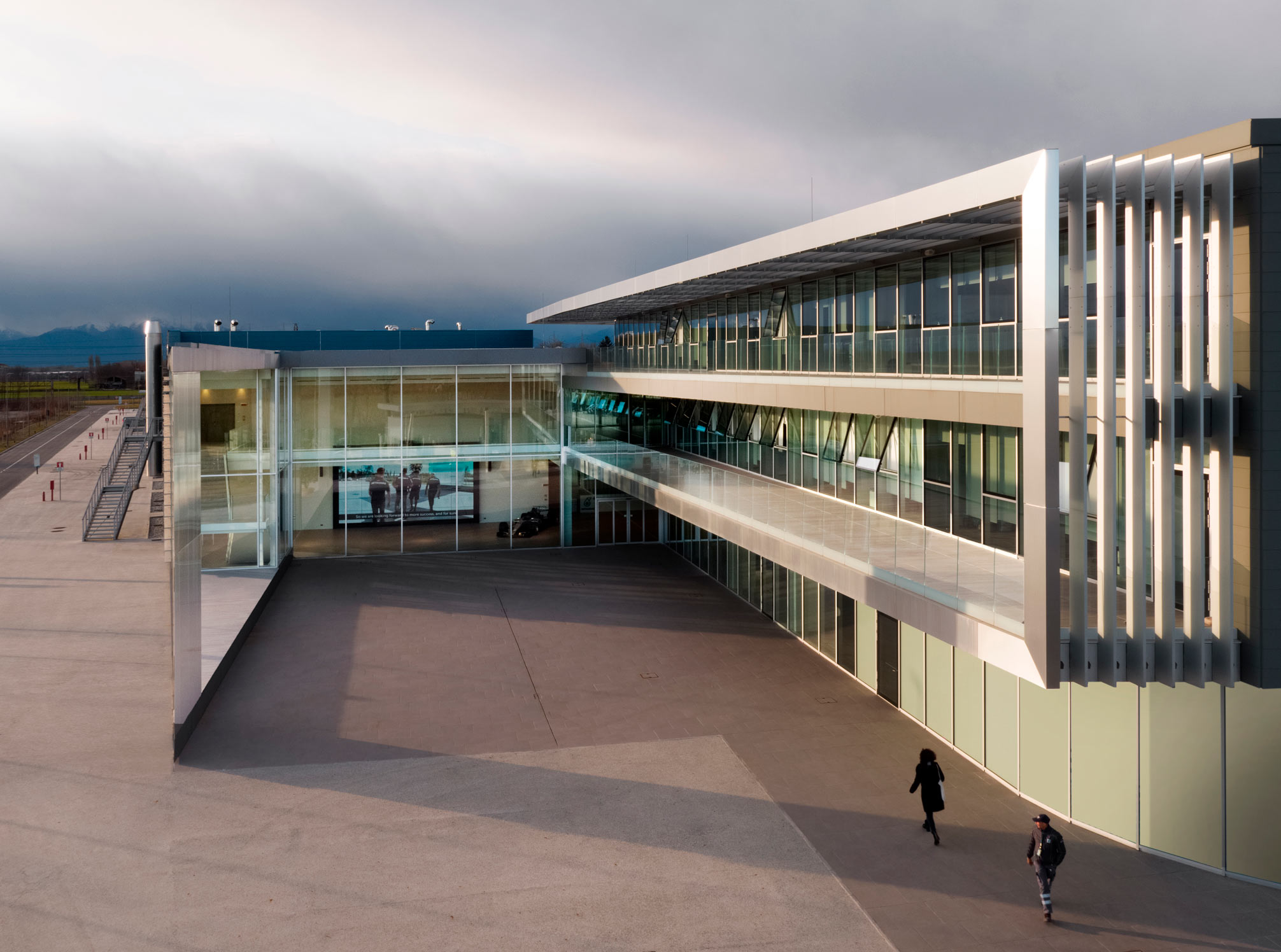
What is the current state of the art for architecture and interior design in Italy and Europe? Is there a common way of conceiving projects?
Currently, architecture and interior design in Italy and Europe are characterized by an interesting and dynamic situation: borders have probably faded away thanks to the rapid and accessible diffusion of international experiences. In the current state of the art, we observe a destructuring of spaces and a greater focus on people’s well-being. In addition, cultural identity plays an important role in architecture and interior design. Local influences and site-specific culture generate different behaviors and approaches to project design. This results in a variety of styles and trends that reflect the individuality of each region and country.
What role does interior design play in architecture?
Interior design plays an essential role in architecture, acting as a guide to enhance space and influence people’s behaviors. It is like the shell within which the various activities take place. Each use must have a relationship with the surrounding environment, and this relationship establishes a silent connection.
Do you consider your work to be local or global? Is it possible to develop architecture from anywhere or is it preferable to do it without distances?
Our work is characterized by having a local experience, but addressing a global audience. This allows us to fully understand the context, traditions, cultural and environmental needs, which are fundamental to create authentic and meaningful projects. It is important to adapt to the specificities of each location and interact directly with the clients and communities involved to create architecture that is respectful of the environment and responsive to diverse needs. This approach helps to avoid inappropriate standardization and to develop more authentic and impactful projects.
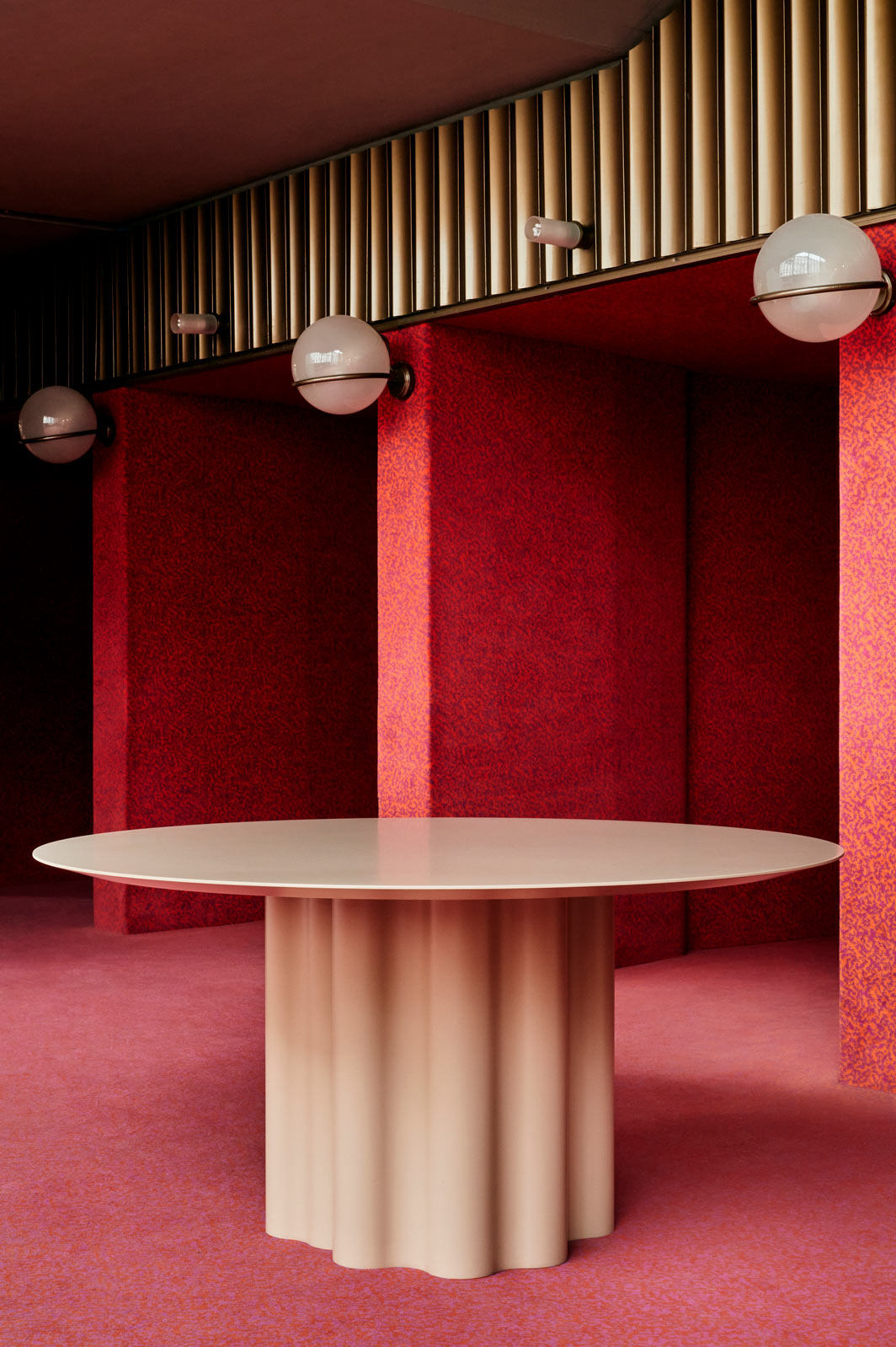
How important are the materials in your work?
Fundamental: they are the essential ingredients that give life to the project itself. It is crucial to have a deep knowledge of them, to live them, explore them and understand their specific characteristics in order to be able to adapt them to the context and the desired use. There should be no prejudices regarding materials, but let the project itself guide us in their selection. Each material has its own personality and intrinsic qualities, which can be used in a unique way to create a representation and staging of the everyday.
Do you usually use wood and technical wood, in which cases?
Without a doubt. It is a timeless material that, in its essence, goes beyond fashions and trends. The choice to use wood depends on the architectural context and the aesthetic preferences of the clients. In addition, the work processes, whether traditional or innovative, contribute to define the style and time of use.
Do you employ technological tools such as artificial intelligence or big data in your day-to-day work?
We believe they have opened up new opportunities and transformed the way we operate and approach data processing. However, it is important to emphasize that technology must always support the fundamental principle of creative freedom. It is a tool that helps us transform ideas into reality, but it is our creative thinking that guides the design process.
How do you value the emergence of co-developed solutions such as Orixe? Is this the new way to innovate in the industry?
I believe that this type of solutions, which involve a collaboration between a manufacturer and an architectural firm, represent a brave challenge and an innovative proposal in a field where the offer is wide and consolidated. These partnerships offer added value by combining the experience and know-how of companies that are leaders in their respective sectors. This synergy can guarantee the final quality of the product, resulting in innovative and high-level products.
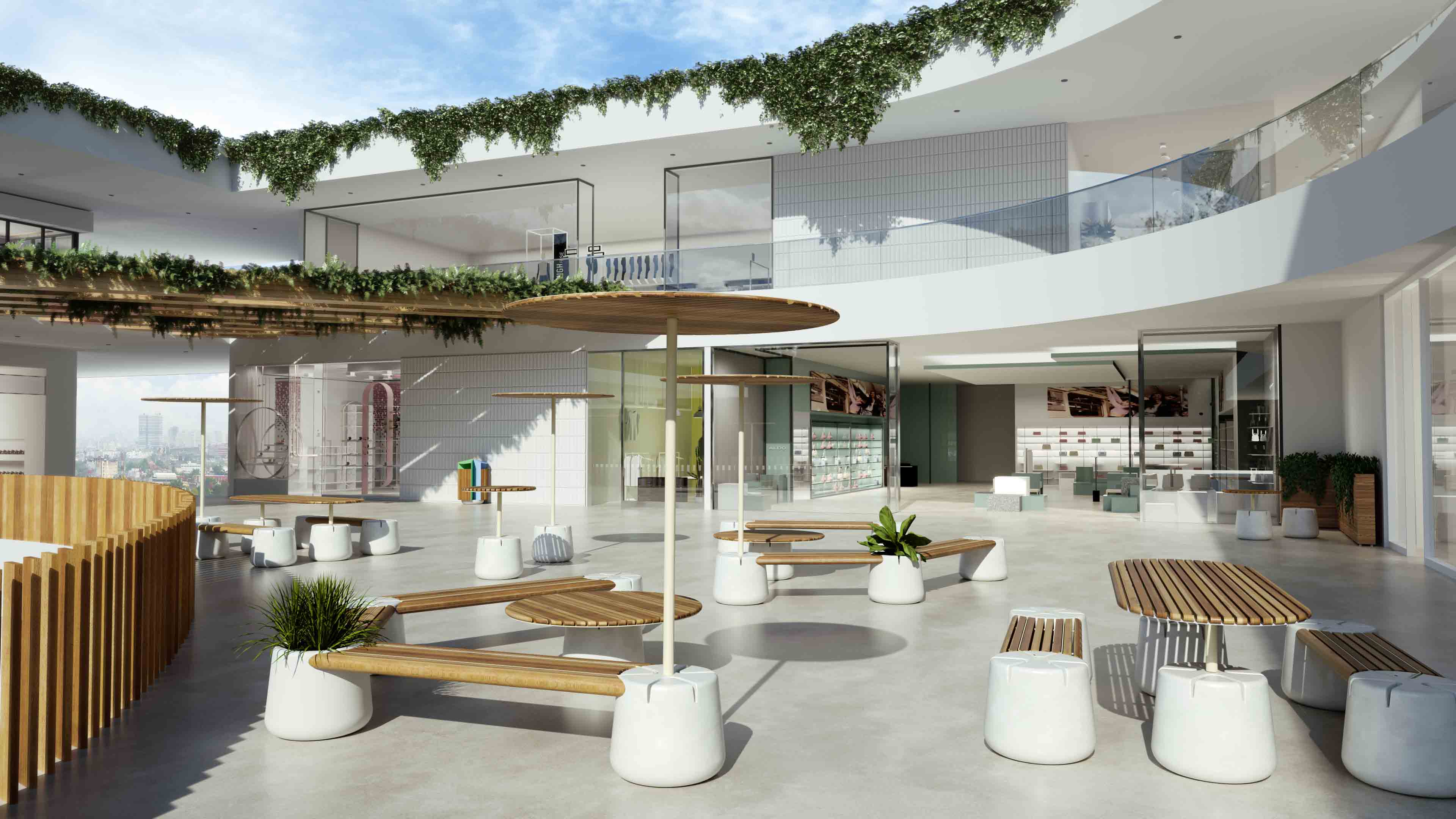
You have used Orixe in the proposal you elaborated for Finsa at the Salone del Mobile 2023. What is the potential of this type of outdoor furniture?
Orixe, as furniture designed for outdoor spaces, has great potential, especially if it is backed up with proper product communication. It is difficult to find a gap in existing furniture, unless it is durability and adaptability to different outdoor contexts.
Are outdoor spaces becoming more popular?
Yes, outdoor projects and outdoor spaces are becoming increasingly popular. This is largely due to the momentum generated by the pandemic, which has led people to seek outdoor spaces as an alternative to indoor environments. This boom is also the result of a broader cultural shift. In many geographic areas, such as northern Europe, use is not limited by adverse weather conditions. People have learned to adapt and appreciate the opportunities that outdoor spaces offer, regardless of inclement weather.
How do you connect with inspiration?
I find inspiration mainly, but not exclusively, in the world of art in all its manifestations. Everything that surrounds me every day and in every moment can be an unexpected and irrational stimulus for new projects, a mental journey that can inspire me again even after a long time.
Want to know more about Cesare Chichi and 967arch? Don’t miss THE SELECTION OF THREE OUTSTANDING PROJECTS OF THE STUDIO.


